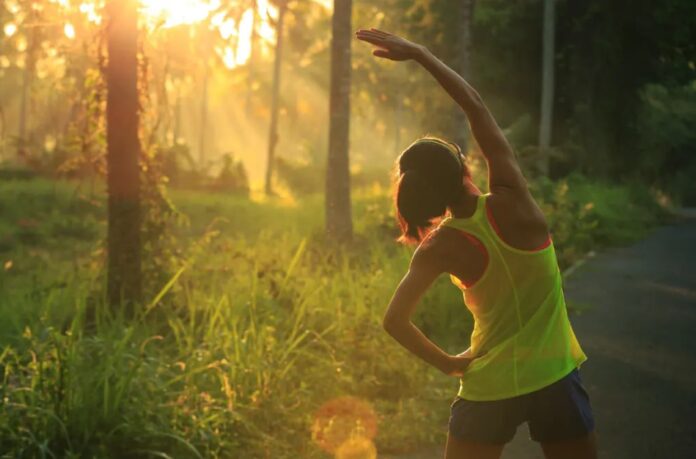
As the season changes, the weather turns, and summer begins to make its approach once again. The outdoors is now the place to be with a whole host of activities and opportunities for fun. You can have a picnic, outdoor BBQs, more outdoor fitness activities, or just general fun like swimming, going to the beach, or just general enjoyment of the outdoors. There seems to be no end to the choices in store for an enjoyable and fulfilling summer.
Despite the good weather and the clear skies, summertime still brings about some dangers that cannot be ignored; primarily to do with your health and wellbeing. If proper precautions are not taken before, during, and after your time outside, you may suffer some adverse effects that would dampen your enjoyment of the pleasant season.
To make the best of your time while heading off potential harm associated with your summer in the sun, remember to:
Stay Hydrated
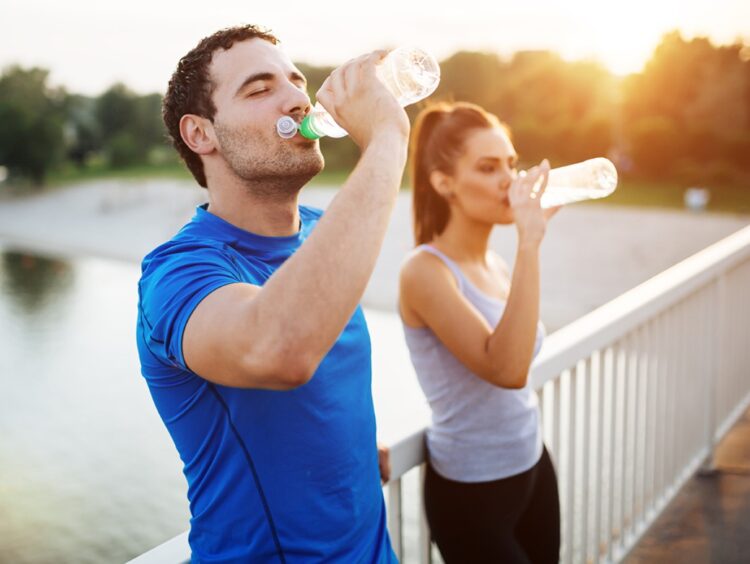
Hydration is a key factor that cannot be ignored. The summer heat induces sweating, which is your body’s primary cooling method. The formation and subsequent evaporation of sweat from your body have a cooling effect as well as a temperature-regulating function. Sweating means that you are losing fluid, and these must be replenished to avoid the onset of sickness and ill health.
This is where water comes in. Make sure to drink plenty of water, especially when outdoors. It is particularly vital to do so if you are taking part in strenuous activities.
Do Not Overlook the Sunscreen
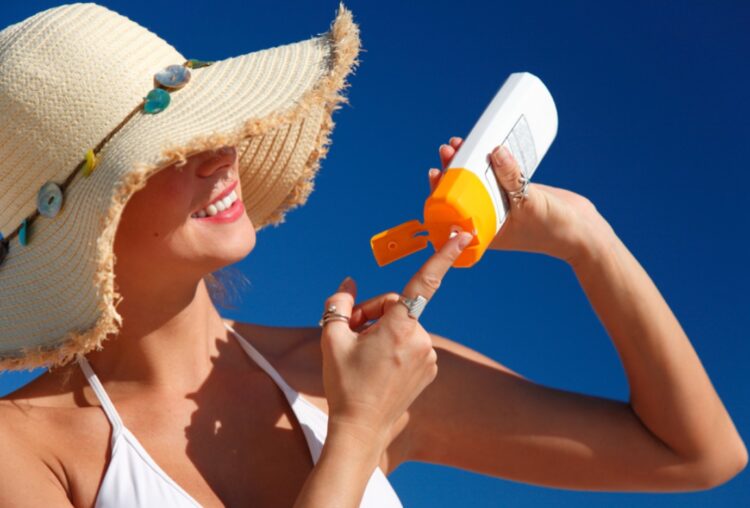
Like most things, the sun’s rays can have both positive and negative effects on our bodies. While they are a good source of vitamin D, prolonged exposure to the sun, especially that which is prevalent in Australia, can also have very significant and life-altering effects on your health. Sunscreen can act as a protector.
Experts recommend that your sunscreen be applied at most 20 minutes before you leave the confines of your home. Most notably, however, is that these effects do wear off with time. You are therefore advised to reapply your sunscreen throughout the day; especially if you spend any length of time in the water. When purchasing a sunscreen, the best selection would be one that is labeled as SPF 30, or higher, water-resistant, and is a broad spectrum.
Consider Better Times for Exercise
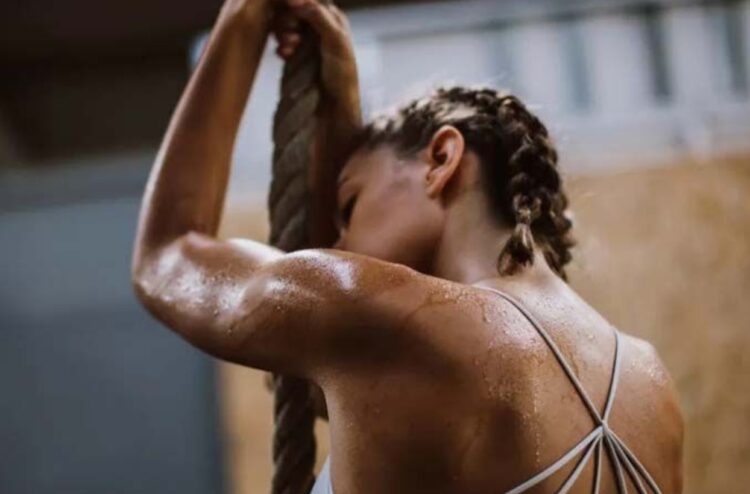
Taking precautions against the heat is not always a foolproof method when planning to do outdoor exercise as suggested by pcycnsw.org.au. The chances for adverse events like heat stroke, among other harmful outcomes, remain high. If you would like to keep up with your workout regimen, it is best to consider doing in times of the day when it is cooler. This can be either early morning or late into the evening.
If early mornings are too much to ask for, or late evenings prove to be a challenge and are not feasible, you can also move your workouts indoors to a cooled environment.
Clothing
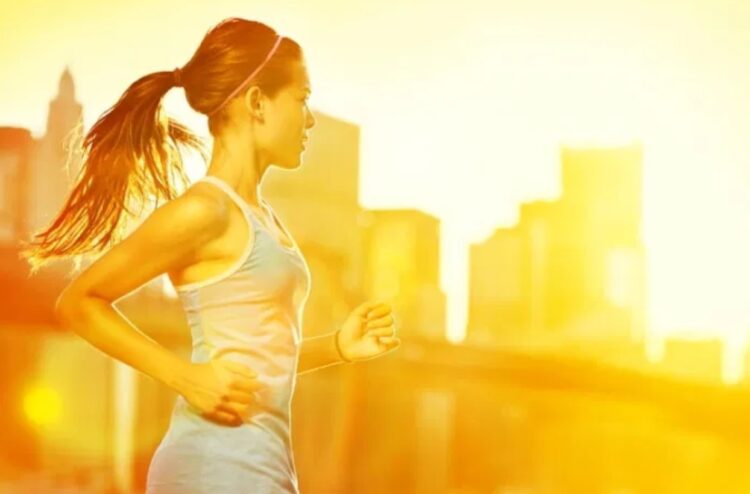
Wearing light and loose-fitting clothing is also advised. This keeps your skin ‘breathing’ as it allows for air to circulate around the body. Less heat is thus retained, minimizing the risk of overheating the body.
As you go out this summer, be proactive, and do not take the unnecessary risk as you frolic and enjoy your time out in the sun. In addition to your safety, be sure to educate and secure your family as well, so that everyone, old and young, can have the best of times whether they are simply relaxing outdoors, or taking part in whatever adventure that presents itself as the season hits its peak.
Don’t Be Too Confident In Your Body
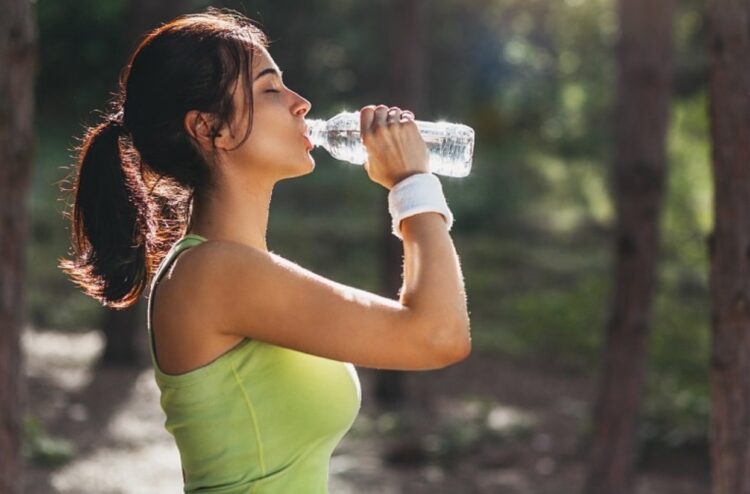
We completely understand that you started to exercise during the summer because you want to strengthen. However, that doesn’t mean you should act like the strongest person in the world. Warmer temperatures can be good and bad for your overall health and that depends on your approach. You can’t expose yourself to a high temperature at once. More precisely, you can’t exercise for 3-4 hours in the warmest parts of the day.
There are several different methods of how you can adapt your body to warm temperatures. To start, you should start exercising for an hour (and a half) each day. Repeat the same process for 2 weeks in a row. In that way, you will manage to go through the heat acclimatization process successfully. In the first 3 to 6 days, all the cardiovascular changes will occur. On the other hand, you will need to wait for around 10 days to change the body sweating mechanism. When you adapt these two things to high temperatures, your exercise will become maximally effective.
Get Familiar with Potential Risks
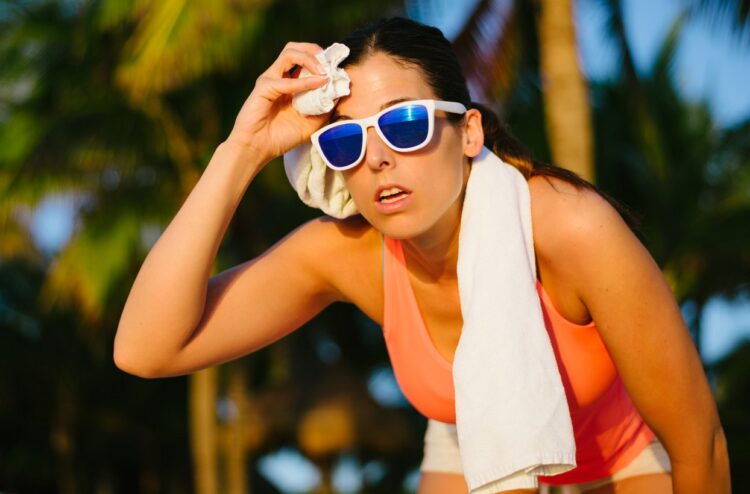
You probably know which things high temperature can cause. Logically, the most common problem is the increased level of sweating. That can lead to dehydration which will reduce the quality of your performances. As we said, consuming enough water is one of the ways to solve a problem like that. However, you need to get familiar with potential risks before starting your “journey”.
Believe it or not, severe dehydration can cause some serious problems. For instance, you may have to deal with heat stroke, heat cramps, and other heat-related health disorders. That is the reason why you need to be clever and make a good exercising plan. For instance, you should skip the workout on certain days when the weather conditions are not good enough. The temperature should not be the only factor you should follow. You must think about the wind and humidity as well.
In short, terms, when the temperature is higher than 80 degrees, it is strongly recommendable you stay at home. On the other hand, the same rule counts when the humidity is at 80%.
Three Signs You Must Stop Exercising
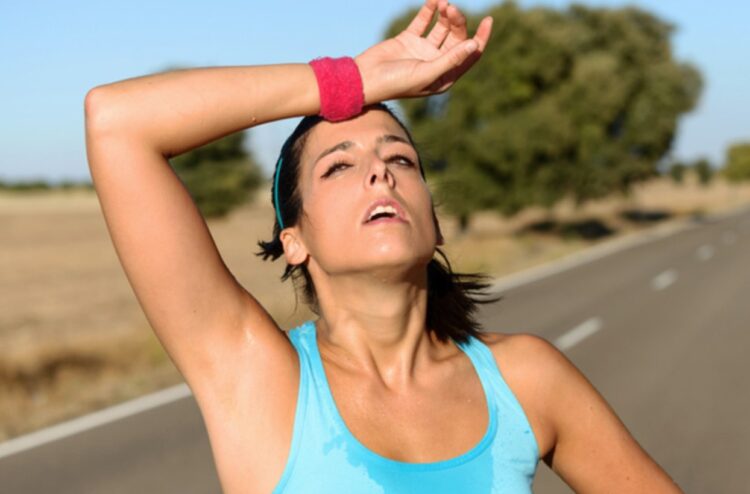
We previously mentioned 2 problems you may have to deal with – heat cramps and heatstroke. We would like to add heat exhaustion to the list. These three signs will tell you it is the right moment to stop exercising.
Heat cramps are usually the first sign. You may start feeling spasms in your muscles. A gentle stretch and massage are going to be a helpful tool to feel better. However, you mustn’t exercise a couple of hours after craps disappear.
Heat exhaustion usually comes in the form of breathlessness, dizziness, extreme fatigue, etc. Your skin can start to be too cold and clammy, while in some other cases, it can be dry and hot. The mixture of rapid pulse and low blood pressure can be responsible for that. When you start feeling chilled, stop the activity and go to a cold environment.
In the end, heatstrokes are the life-threatening problem. If you experience something like that, visiting a doctor should be your number one priority. Signs of heatstroke are high body temperature and most people start feeling disoriented. Despite that, you will feel a rapid pulse and you will start breathing quicker. React immediately if you experience something like that.











